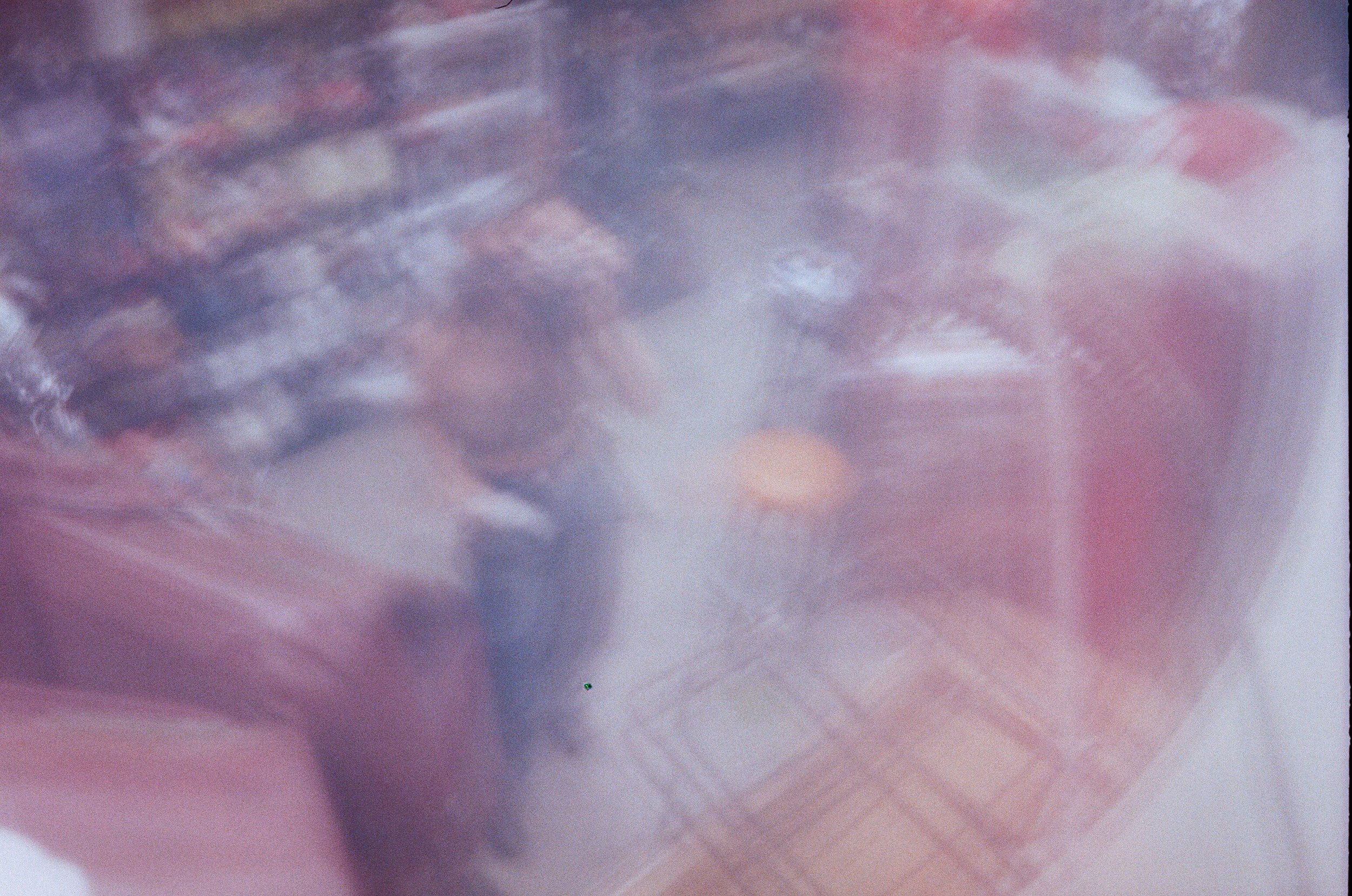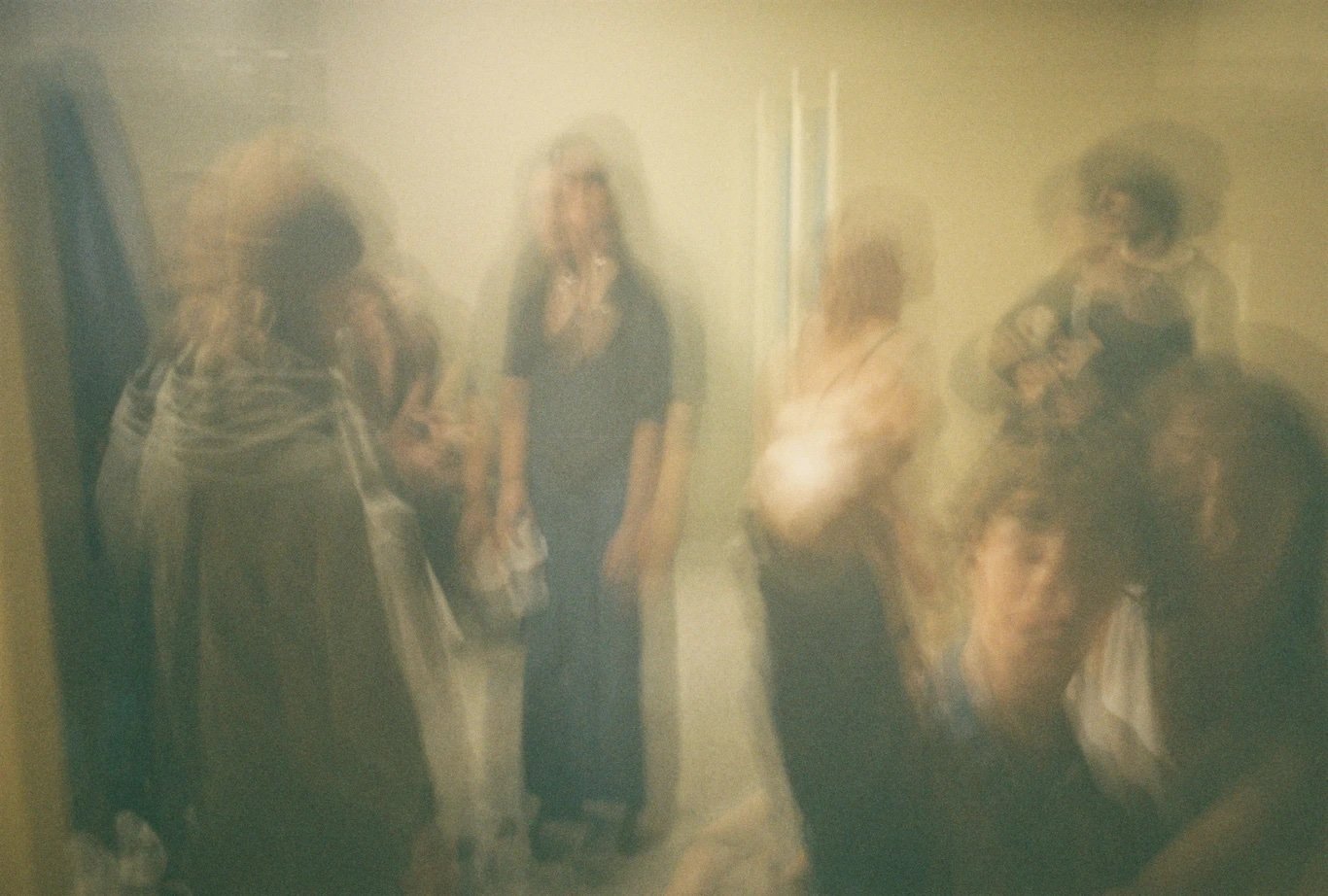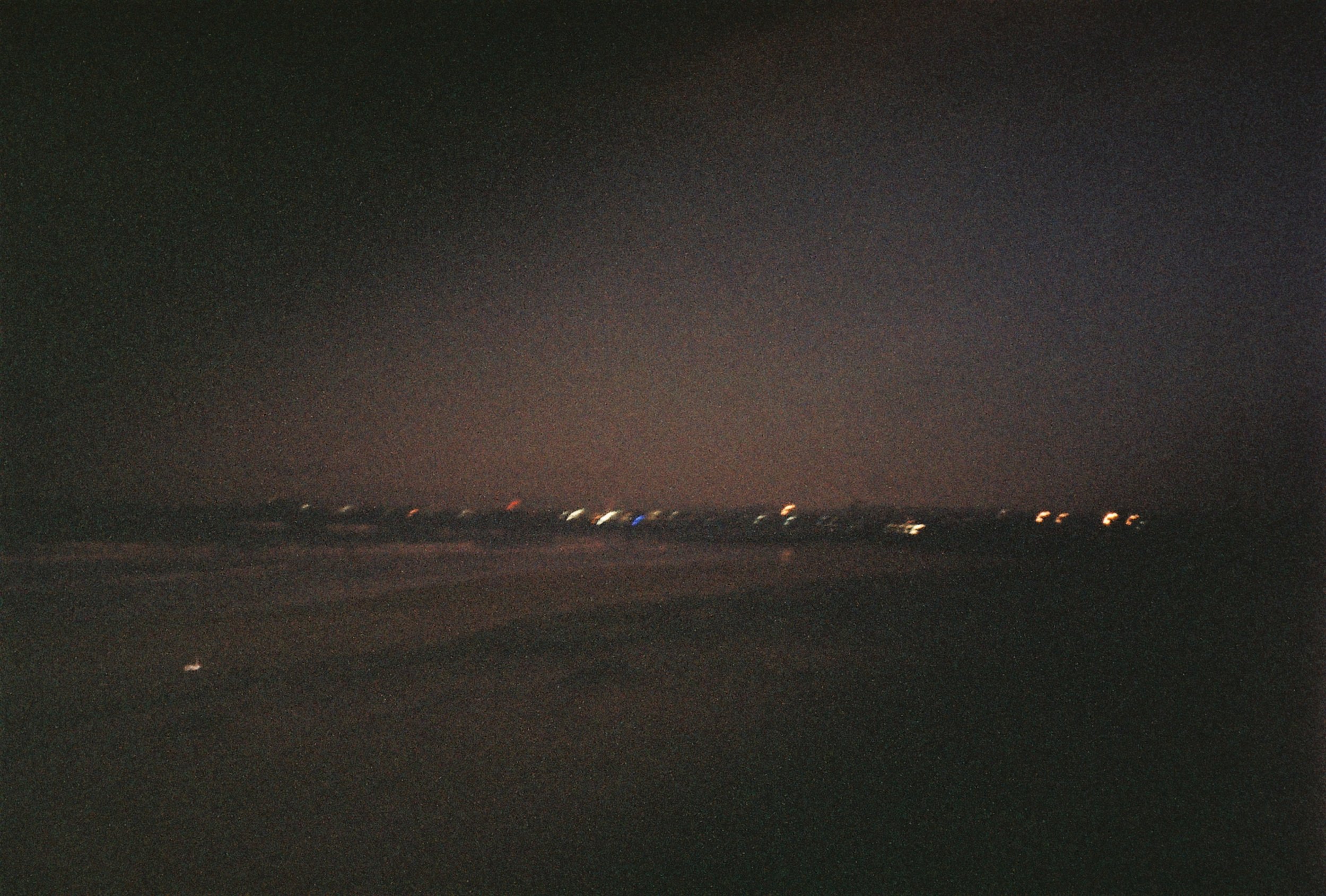Hi Ella, tell us a bit about yourself!
Hi! I’m a film photographer living in Wollongong, Australia who often explores themes of identity, adolescence and connectedness in my work. I’m 18 years old and am currently focused predominantly on being and experiencing having recently graduated from high school. I love film with all my heart and my film camera acts as a reflection of myself, as I shoot what I’m experiencing. At the same time, I also adore how there is an understanding that film can be distorted and can change significantly from the original image, which I think results in film photography being an incredibly authentic and fascinating art form.
When did you start to get into photography?
I was always really creative and loved making art, however, didn’t really connect to any specific medium until I got into film photography during the lockdown of 2020. I had seen really cool photos on Pinterest, and discovered that they were film, which made sense as to why they looked so much more interesting and beautiful to me than digital photos. I bought a disposable to take photos with during lockdown, and when I received the prints back literally fell in love and have been taking film photos ever since. I think my attraction to film photography largely stems from disillusionment with social media and how I used to feel pressure to constantly capture and post every single moment, whilst also making sure I felt like I looked good in it. In essence, film is like my rebellion against current photo culture, which is often so superficial, unhealthy and accessible to the point of being excessive and meaningless. I’m really intentional about what I take photos of, and allow myself to be content and present in the moment, without any anxiety surrounding making it look like anything that it isn’t or instantly fashioning it to be posted on social media.
What have been your greatest sources of inspiration?
I find inspiration truly everywhere, and view my photography as my perception of my own experiences and the society I live in. I read a quote from Patti Smith recently that said “to be an artist was to see what others could not” and I feel like that really encapsulates my and many others’ photography, as we are photographing moments, people and things that are meaningful and interesting and beautiful to us, irrespective of whether they are widely considered worthy of appreciation by society. All of my favourite photographers (especially Nan Goldin), photographs (all of my pinterest boards) and movies (like Christiane F and Chungking Express) embody this observation of Smith, and I think ultimately inspires me to shoot whatever it is I’m experiencing.
How do you find photography as a medium has potential to share new perspectives?
I think that the accessibility of photography due to the pervasiveness of phones and a resurgence in analog photography allows so many people to share their perspective. Photography gives power to both the photographer and subject, and so inherently shines a spotlight on aspects of our world that are perhaps stigmatised or underrepresented. And by simply taking photos, we are claiming that our lives and perspectives are important and meaningful. Photography as a medium permits such a wide variety of people to share their perspective, especially with inclusivity, intersectionality and societal progression becoming more of an expectation within society and the art world. To me, photography is in essence authentic expression and self-determination.
Can you tell us what the series Coexistence is about? What influenced you to create this body of work?
Coexistence explores the dichotomies of identity we are often compelled to impose upon ourselves and others, challenging the idea that we must erase and minimise facets of ourselves in favour of having a palatable identity. My own experiences and insecurities sparked the creation of this work, as I used to feel like I had to uphold an identity I no longer resonated with, as well as conform to a specific set of qualities or sect of society so as to be easily understood. This collection reflects the highly complex and multifaceted nature of humanity, in response to the pressure I felt to have an unchanging identity, in order to be digestible.
What do you hope viewers take away from your photos?
Although I often have a concept behind my collections, I ultimately don't want to assert what the audience should take away from my photos, or whether they should take anything away at all. Art is so beautiful and ever-evolving as we all have our own interpretations, emotions and thoughts that are evoked by art, and so whether the audience feels resonance, joy, confusion, sadness, disdain or any other response, is not for me to play a role in determining or policing.

Identity is a prominent theme in your practice. How do you grapple with communicating all the facets of identity in photography?
I think that the ever-changing nature of my photography allows me to express the multi-faceted and complex nature of identity. Of course, there are some continuities in my subject matter, like certain people and locations, however, I feel like their portrayal is never the same (which can definitely be also attributed to the actual film and its processing). The way that the same situations are expressed differently shows how people and places have so many sides, and helps communicate all the facets of identity. I’m mindful of the fact that certain colours and lights have connotations that may evoke particular responses in the audience, and therefore love to subvert and play with that. I ultimately aim to communicate all the facets of identity by ensuring that there is ambiguity as to which images are considered gritty or pure, and blurring the lines of both.
What is next for you and what are you excited about working on in 2023!
As my photography is candid, and acts as a reflection of my experiences, I don’t have any specific plans in relation to art in 2023. I have no doubt though that I will continue to create naturally, especially since my film camera is literally attached to me almost constantly. I potentially might try some photography that isn’t candid and/or incorporate my photography into other mediums to see how I feel about it and allow myself to explore creativity; I’ll see where my intuition takes me.






